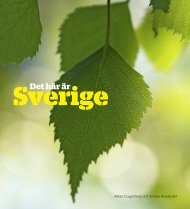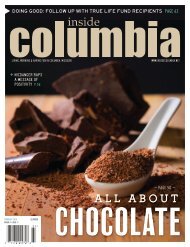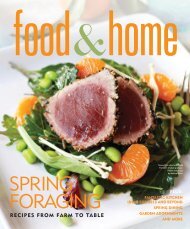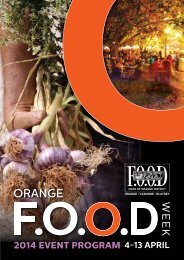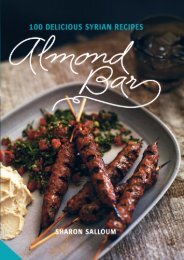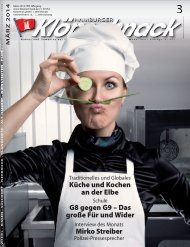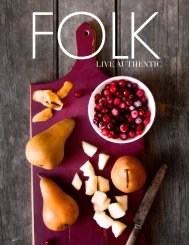CHAMPAGNE
Translation : Florence Brutton — Crédits photos : Couverture : Jean-Philippe Baltel/Sipa Press – Pages 4 et 5 : Michel Guillard, Carte Empreinte Studio – Pages 6 et 7 : Fulvio Roiter, Philippe Maille, Michel Guillard, Olivier Frimat, Visuel Impact – Pages 8 et 9 : CIVC, Yvon Monet – Pages 10 et 11 : Michel Guillard, Alain Cornu – Pages 12 et 13 : CIVC, Frédéric Hadengue – Pages 14 et 15 : CIVC, Michel Guillard, John Hodder – Pages 16 et 17 : John Hodder, Jean-Philippe Kahn, dessins INAO – Pages 18 et 19 : CIVC, John Hodder, Alain Cornu – Pages 20 et 21 : John Hodder, Fulvio Roiter – Pages 22 et 23 : John Hodder, Alain Cornu, schéma CIVC – Pages 24 et 25 : Alain Cornu – Rohrscheid – Pages 26 et 27 : Alain Cornu, Gérard Rondeau – Pages 28 et 29 : Hervé Chevron, Alain Cornu, Patrick Guérin – Pages 30 et 31 : Alain Cornu, Michel Guillard, Rohrscheid – Pages 32 et 33 : Alain Cornu, Philippe Maille, Piper Heidsieck – Pages 34 et 35 : Alain Cornu, Huyghens-Danrigal, Kumasegawa – Pages 36 et 37 : Visuel Impact, Eric Cuvillier/Jacques de Marcillac • Création graphique, mise en page et impression : EMPREINTE Studio à Epernay • Imprimé en France en février 2010 pour le Comité Interprofessionnel du Vin de Champagne. Tous droits réservés © CIVC.
Translation : Florence Brutton — Crédits photos : Couverture : Jean-Philippe Baltel/Sipa Press – Pages 4 et 5 : Michel Guillard, Carte Empreinte Studio – Pages 6 et 7 : Fulvio Roiter, Philippe Maille, Michel Guillard, Olivier Frimat, Visuel Impact –
Pages 8 et 9 : CIVC, Yvon Monet – Pages 10 et 11 : Michel Guillard, Alain Cornu – Pages 12 et 13 : CIVC, Frédéric Hadengue – Pages 14 et 15 : CIVC, Michel Guillard, John Hodder – Pages 16 et 17 : John Hodder, Jean-Philippe Kahn, dessins INAO – Pages 18
et 19 : CIVC, John Hodder, Alain Cornu – Pages 20 et 21 : John Hodder, Fulvio Roiter – Pages 22 et 23 : John Hodder, Alain Cornu, schéma CIVC – Pages 24 et 25 : Alain Cornu – Rohrscheid – Pages 26 et 27 : Alain Cornu, Gérard Rondeau – Pages 28 et 29 :
Hervé Chevron, Alain Cornu, Patrick Guérin – Pages 30 et 31 : Alain Cornu, Michel Guillard, Rohrscheid – Pages 32 et 33 : Alain Cornu, Philippe Maille, Piper Heidsieck – Pages 34 et 35 : Alain Cornu, Huyghens-Danrigal, Kumasegawa – Pages 36 et 37 : Visuel
Impact, Eric Cuvillier/Jacques de Marcillac • Création graphique, mise en page et impression : EMPREINTE Studio à Epernay • Imprimé en France en février 2010 pour le Comité Interprofessionnel du Vin de Champagne. Tous droits réservés © CIVC.
You also want an ePaper? Increase the reach of your titles
YUMPU automatically turns print PDFs into web optimized ePapers that Google loves.
Champagne grapes<br />
10<br />
The Pinot noir performs best in cool<br />
limestone terrain and largely predominates<br />
in the Montagne de Reims and<br />
the Côte des Bar. It is the Pinot noir that<br />
adds backbone and body to the blend,<br />
producing wines with telltale aromas of<br />
red berries and plenty of character.<br />
Champagne<br />
grapes<br />
Montigny-sous-Châtillon vineyard<br />
It is the special nature of the Champagne<br />
terroir that determines the choice of plantings.<br />
Black Pinot noir and Meunier, and white<br />
Chardonnay now account for all but a fraction<br />
of the area under vine. Other approved<br />
varietals are the white Arbanne, Petit Meslier,<br />
Pinot blanc and Pinot gris – together less than<br />
0.3% of plantings.<br />
These small exceptions apart, the Pinot noir accounts for 39% of Champagne’s<br />
surface area, followed by the Meunier (33%) and the Chardonnay (28%).<br />
The Meunier is more robust and less<br />
prone to frost damage because it<br />
buds later. It is particularly well suited<br />
to the more clayey soils of the Vallée<br />
de la Marne and will tolerate the<br />
most adverse weather conditions. The<br />
Meunier adds roundness to the blend,<br />
producing supple, fruity wines that tend<br />
to age more rapidly than their Pinot noir<br />
counterparts.<br />
The Chardonnay is king in the Côte des<br />
Blancs, yielding delicately fragrant wines<br />
with characteristic notes of flowers,<br />
citrus and sometimes minerals. The<br />
Chardonnay is the ideal blend companion<br />
for wines that are built to age.



